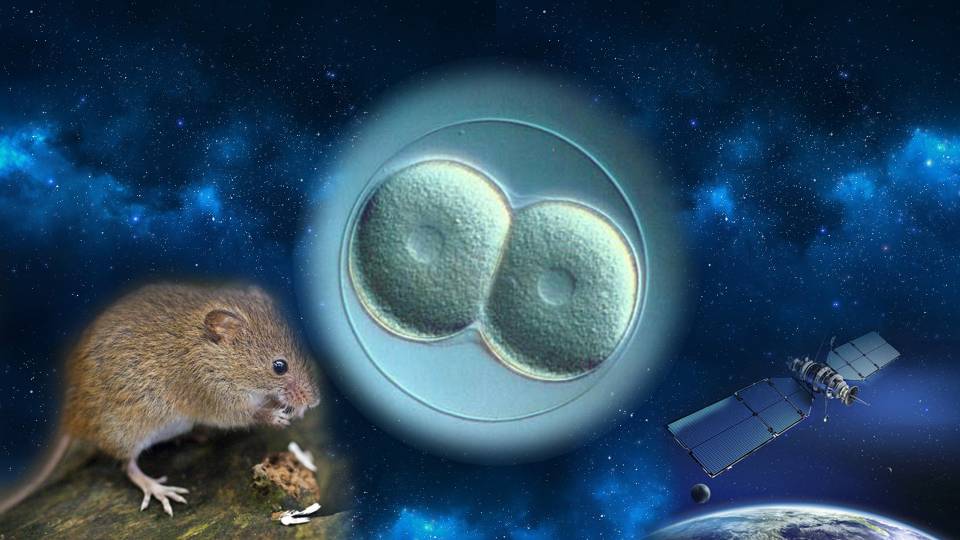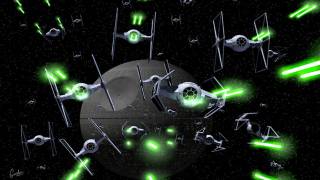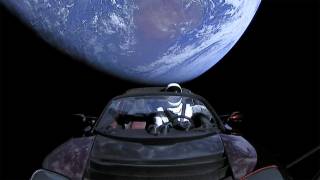Life in Space: Scientists develop embryo among stars in planet colonisation breakthrough
A research team from China concluded that mammalian embryos are able to grow in space after it was feared that it would not be possible.
In early April, China launched a microgravity satellite named SJ-10 into the atmosphere which carried 6,000 mouse embryos inside a compartment about the size of a microwave oven.
The container was fitted with devices to feed the embryos nutrients in order to thrive and a microscopic camera to capture images of them developing.
Now the team claim to have received the images and some of the two-cell embryos have completely developed into blastocysts – which is the stage in its life where it implants into the wall of the uterus.
This is the first time that mammalian embryos have developed in space and could lead to humans colonising other planets.
Experiment leader Professor Duan Enkui told China Daily: “The human race may still have a long way to go before we can colonise space.
“But before that, we have to figure out whether it is possible for us to survive and reproduce in the outer space environment like we do on Earth.
“Now, we finally proved that the most crucial step in our reproduction – the early embryo development – is possible in outer space.”
The embryos will now return to Earth so that the team can analyse them more closely.






















